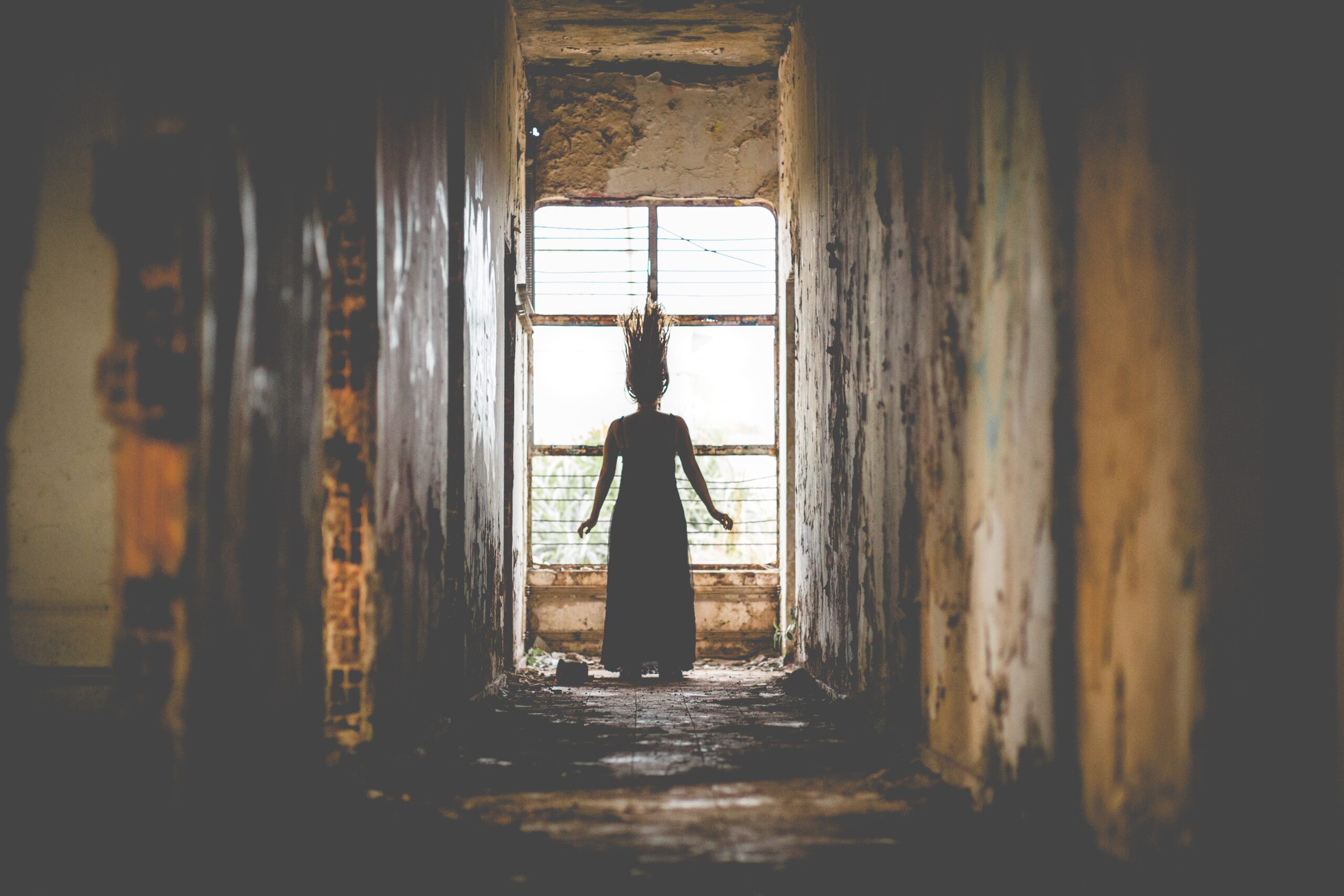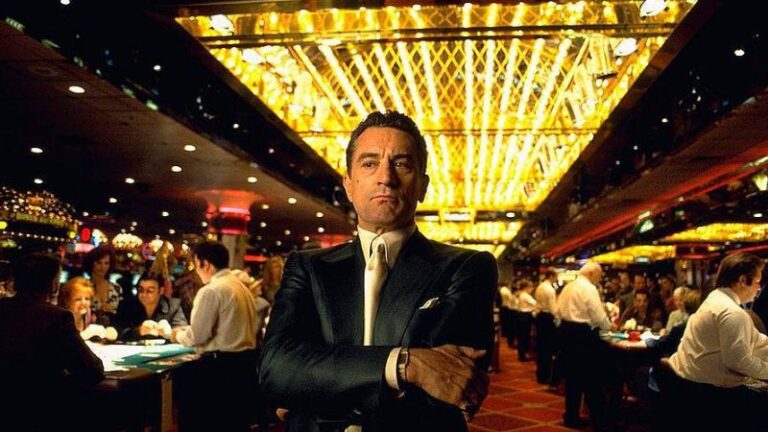Horror Franchises: From Nightmare to Cult Phenomenon

In 1896, Georges Méliès made the world’s first horror film, a three-minute movie called “The House of the Devil.” Then, in 1898, he presented another one called “The Cave of the Demons.” And in 1910, Edison Studios began producing horror films. This is how “Frankenstein, or the Modern Prometheus” appeared.
If you haven’t watched them, then free up your busy schedule thanks to outsourcing. To do this, read “hire someone to take my class” reviews or find more information about academic writing platforms. Professional writers are life savers when deadlines are coming. By turning to them, you will finally get rid of stress and will be able to devote time to more appealing activities, like watching movies.
In 2021, two horror films made it into the top 20 highest-grossing movies in the world: “A Quiet Place 2” and “The Conjuring 3: By the Will of the Devil.” Box office receipts are many times higher than the filming budget. Also, the Netflix streaming service releases dozens of new horror films that make it to the top of the platform.
In this article, we discover why horror franchises attract so many worldwide viewers. There are quite a few reasons, so let’s get started!
Receiving Adrenaline Rush
New York University neuroscience professor Joseph E. LeDoux believes that people’s interest in horror films starts with the desire to feel the adrenaline rush in a safe environment.
In his opinion, we rarely face real physical threats these days. For most of us, gunfights, spiders, snakes, and unexplained infections are a thing of the past. Horror films allow you to stay scared, experience stress, and feel uncomfortable while realizing that nothing will actually happen.
A new boost of adrenaline and dopamine is easy to enjoy during a slightly dangerous adventure when nothing actually threatens us. This is connected with the human sympathetic and parasympathetic nervous systems.
The sympathetic system increases pulse rate and promotes the release of adrenaline, and the parasympathetic one is responsible for relaxation and rest. Both of them are activated while we’re watching a horror movie.
Processing Negative Emotions
For many viewers, watching a horror film is a controlled opportunity to have a seemingly traumatic experience. Imagine that you are worried about something, but you are unable to analyze it and process it on your own. A horror film allows you to return to this state for a certain period of time and face difficult emotions again. Basically, we learn to overcome negative feelings, control fear, and avoid panicking.
For example, Sigmund Freud became one of the first specialists to use the cathartic treatment. The point was to relive the traumatic event for a patient. According to Freud, catharsis is a long process of acute negative experience, which is ultimately transformed into a positive one as the person experiences cleansing of this fear.
While watching horror, you feel in danger, but in the end, the satisfaction is enormous, as you feel like you’ve coped with all the troubles.
Expressing Hidden Aggression
For some, watching horror films is a way to let off aggression: a person may associate themselves with the villain.
There is a so-called projection mechanism. For example, you may like watching boxing matches but will never beat anyone in real life. Crimes, aggression, and cruelty in horror films relate to the dark area of the unconscious. This can be beneficial: a person will get what they want without doing anything wrong.
It turns out that by watching scenes with blood and aggression on the screen, we get rid of negative thoughts. Suppressed feelings are expelled from our consciousness. Watching a maniac with a chainsaw, we can get rid of thoughts about dealing with someone who annoys us.
Fighting Your Fears
Many of us feel anxious when watching horror movies. This is how we escape from real fears to fictional ones.
When you watch a scary movie at home, in a safe space, you seem to conquer your fears. You associate yourself with the main character and feel that you have lived the entire experience with them. Whether it’s an encounter with serial killers or ghosts, you seem to have dealt with them, and you are no longer afraid.

A Pleasant Aftertaste
Horror fans admit that they not only enjoy the emotions they experience while watching but also what remains after it. The aftertaste can be felt for a long time.
About two hours of rapidly changing emotions don’t go unnoticed by our bodies. This is why we begin to perceive our real sensations much more intensely. You feel the joy of communicating with loved ones, having fun with a group of friends, or simply noticing good weather.
What Are the Most Popular Franchises?
Comingsoon has published a list of the best horror film franchises, and the “Evil Dead” series is on top of the list. The first film was released in 1981, and the last one ‒ in 2022. There is also the “Final Destination” franchise and the “The Conjuring” tetralogy, where the characters encounter a demon living in a doll named Annabelle.
The full list of successful horror series is as follows:
- “Friday the 13th”;
- “Saw”;
- “Scream”;
- “Halloween”;
- “A Nightmare on Elm Street”;
- “Hannibal Lecter” series;
- “Astral”.
To Wrap It Up
We are always afraid that something terrible will happen to us. That’s why we don’t walk along dark alleys, don’t talk to strangers on the phone, and avoid suspicious mystical antiques. But why do we love watching it all on screen?
While watching horrors, we go beyond the ordinary, forget about everyday problems, and find ourselves in the midst of a zombie apocalypse or a ghost invasion. We predict plot twists, solve riddles, worry about the characters, and even argue with them. Brutal murders, bloodthirsty monsters, and angry ghosts ‒ why do audiences like all this?
In this article, we investigated the phenomenon of horror films and found that several hours of anxious anticipation lead to a noticeable improvement in emotional health. With such an important role, horror films remain an amazing cultural phenomenon.
MORE FROM VOICE FILM






